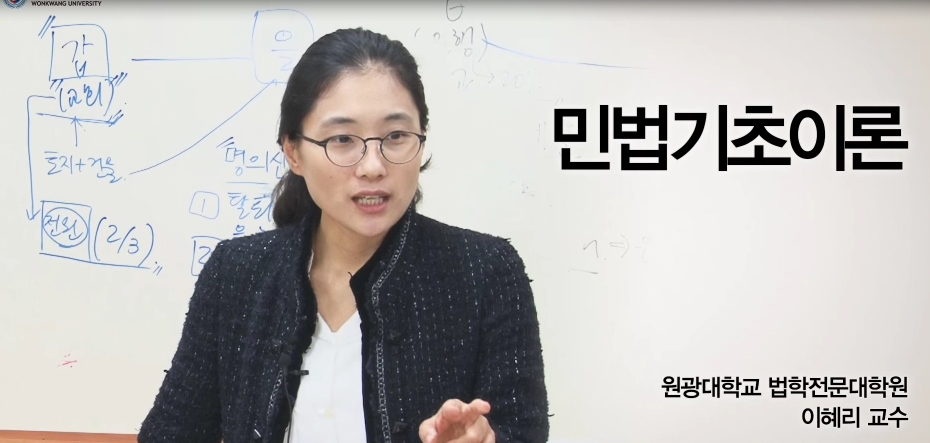I explored development of property rights on cultivable land during the Joseon Dynasty as a transition from property right based on cultivable usage to complete rights. The Law of 1391 (Gwajeonbeop科田法) gave tillers limited property right that pr...
http://chineseinput.net/에서 pinyin(병음)방식으로 중국어를 변환할 수 있습니다.
변환된 중국어를 복사하여 사용하시면 됩니다.
- 中文 을 입력하시려면 zhongwen을 입력하시고 space를누르시면됩니다.
- 北京 을 입력하시려면 beijing을 입력하시고 space를 누르시면 됩니다.
https://www.riss.kr/link?id=A100665262
- 저자
- 발행기관
- 학술지명
- 권호사항
-
발행연도
2015
-
작성언어
-
- 주제어
-
KDC
300
-
등재정보
KCI등재
-
자료형태
학술저널
- 발행기관 URL
-
수록면
3-52(50쪽)
- 제공처
- 소장기관
-
0
상세조회 -
0
다운로드
부가정보
다국어 초록 (Multilingual Abstract)
I explored development of property rights on cultivable land during the Joseon Dynasty as a transition from property right based on cultivable usage to complete rights. The Law of 1391 (Gwajeonbeop科田法) gave tillers limited property right that prohibited trade and alienation of cultivable land. This institution was adopted for securing collection of land tax, Confucian idealism, and promoting reclamation. The rise of landlord system through trade of land, however, strengthened property rights for land. The publishers of the Canon (Gyunggukdaejeon經國大典) did not surrender the spirit of the Law of 1391 but guaranteed ownership of land obtained through trade and inheritance. The Decree of 1556 acknowledged property right of the owner of uncultivated land permanently, and around this time the idea of equal distribution of land to tillers was almost given up. As a result, the ownership of cultivated land became almost like a modern one at the Canon of Sokdaejeon(續大典). This change implies the transition from Confucian idealism based on the system of equal land distribution(Kyunjeonjae均田制) to protection of property right of people. The development of rule of law and Confucian ideology along with the rise of the power of the state is the source of strengthened property right of cultivable land during the Joseon Dynasty. Though legal codes of the Joseon Dynasty did not develop civil law, they put land property right in order fairly well. It was the rule at the early Joseon period that the person who reclaimed and cultivated a land became the owner and he shoud registered the land. The discrepancy between reclaimer and the registered owner caused dispute. In the early Joseon period, registration was the creteria to judge. However, registration alone cannot win over the actual right from reclamation and cultivation. As the right of reclaimer get stronger, it caused a conflict with the Decree of 1556, and a compromise emerged. Whereas Joseon state protected property right of inheritance and trade, it partially admitted property right of reclaimer. This compromise makes sense in terms of contribution to the formation of property right. The case of land of royal family and ministries such as was at different. As a result of long debates during the 17th century, ownership of reclaimers or cultivators of Gungjangto宮庄土 or Amundunto衙門屯土 was admitted except for the land granted by king`s order.
동일학술지(권/호) 다른 논문
-
- 경제사학회
- 우대형 ( Dae Hyung Woo )
- 2015
- KCI등재
-
- 경제사학회
- 양동휴 ( Dong Hyu Yang )
- 2015
- KCI등재
-
- 경제사학회
- 김낙년 ( Nak Nyeon Kim )
- 2015
- KCI등재
-
『유럽의 발흥-비교경제사 연구-』 (양동휴 지음), 서울대학교출판문화원, 2014
- 경제사학회
- 이영훈
- 2015
- KCI등재





 KISS
KISS







